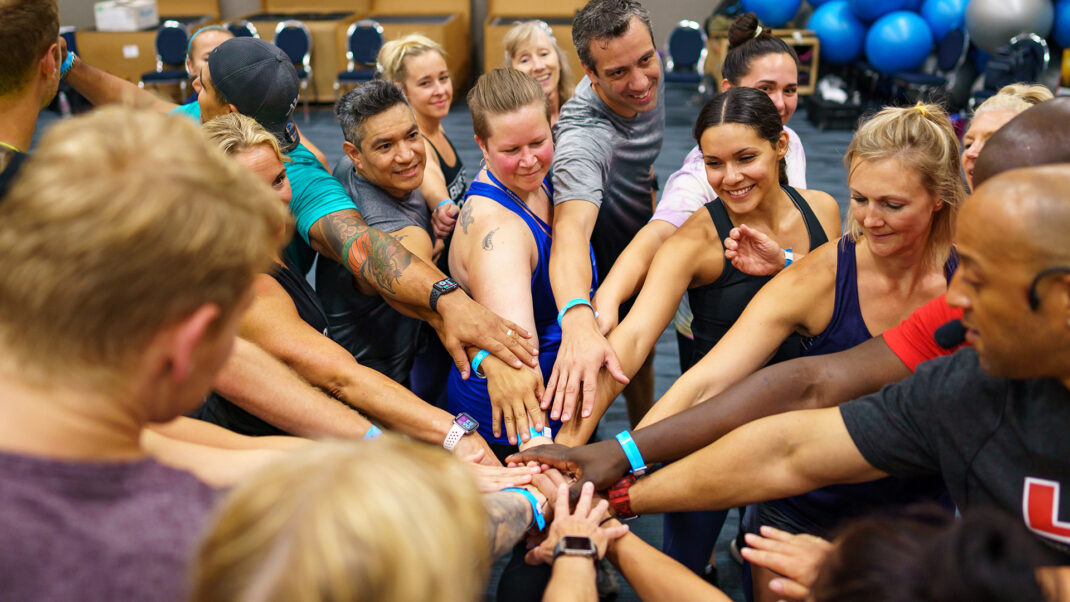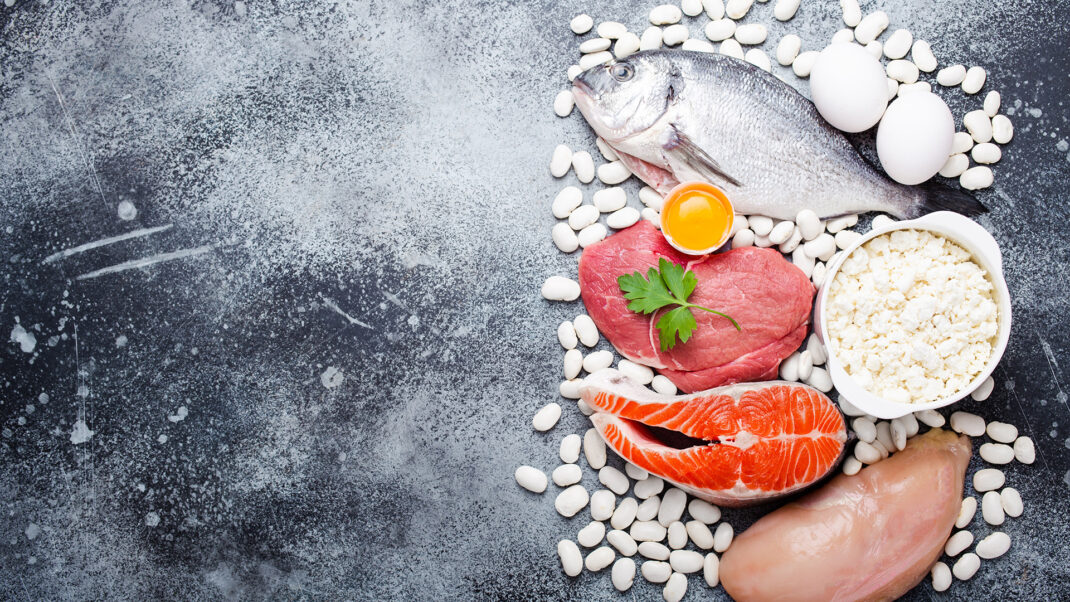Sponsored Content
Give Real Maple a Turn
The carbohydrate in real maple syrup is derived from one ingredient only—100% pure maple.

While fad diets may try to convince you otherwise, training without adequate carbohydrate impairs exercise intensity and duration, as well as cognitive function (Thomas, Erdman & Burke 2016). In fact, carbohydrate is the most efficient energy source to fuel exercising muscle during both aerobic and anaerobic activities (Thomas, Erdman & Burke 2016; Kanter 2018; Burke et al. 2011). Specifically, the carbohydrate we store in our muscles—glycogen—is our muscle’s preferred fuel, so eating adequate amounts throughout the day, at meals and as snacks, to maintain glycogen is imperative. As muscles use glycogen, your central nervous system is powered predominantly by blood glucose, which impacts cognition and focus (Mergenthaler et al. 2013).
If it’s been more than three hours since your client’s last meal, consuming a pre-workout snack will help top off glycogen stores and maintain blood glucose during training. Within an hour of activity, keeping intake of protein, fat and fiber low is recommended to limit chances of gastrointestinal upset function (Thomas, Erdman & Burke 2016). Examples of snacks to try 60 minutes before training include fruit and nut butter, a small portion of oats with pure maple syrup or half an English muffin and hummus.
We know clients often rush to a workout or don’t feel they need to fuel first thing in the morning. Easily digestible carbohydrates that don’t take up much space in the stomach are ideal 5–15 minutes before training sessions (Burke et al. 2011). Suggest easy options such as 1–2 tablespoons of pure maple syrup with water, 1–2 large dates with water or 4–6 ounces of 100% juice. Pure maple is also an excellent intra-workout option for clients engaging in endurance training or regularly exercising over an hour.
In addition to protein after exercise, carbohydrates will replenish glycogen while sparing the body from using protein as an energy source so it can focus on muscle protein repair (Thomas, Erdman & Burke 2016; Beck et al. 2015). Oftentimes, intense exercise can result in post-exercise appetite suppression (Dorling et al. 2018). For this reason, it is common for clients to skip fuel after exercise only to feel uncomfortably hungry and overeat later. Turning to soft palatable options and liquids in the hour following exercise may be helpful for these individuals. Encourage clients to add pure maple syrup to plain Greek yogurt or to a smoothie, so they obtain both easily digestible carbohydrates and protein to maintain energy and adequately recover.
The carbohydrate in real maple syrup is derived from one ingredient only: 100% pure maple. It’s the one and only syrup with health and performance benefits right from the tree, and a naturally delicious flavor. In addition to carbohydrate, Pure maple from Canada has the bonus of delivering vitamins, minerals and antioxidants, which may help support health and performance as part of an overall balanced diet.
Pure maple from Canada is an excellent source of the mineral manganese, which is involved in many metabolic reactions in the body, including processing of both carbohydrates and protein. Maple is also a good source of the B-vitamin riboflavin, which is involved in important metabolic energy systems that help convert food into usable energy for your active muscles. If that isn’t enough, scientists have identified nine polyphenol antioxidants unique to maple syrup. They’re among at least 67 total polyphenols, a group of antioxidants known for their potential anti-inflammatory properties (Hussain et al. 2016).
Next time you’re grocery shopping, give your bottle of maple a turn to ensure you’re seeing one ingredient: pure maple. Then, to help prevent fatigue, maintain high rates of intensity and concentration, and even limit perceived effort during training, give maple a turn in your pre- training and post-training meals and snacks, as well as during longer, more intense workouts.
Looking for more exciting ways to use maple to support your client’s fitness? Head to PureMapleFromCanada.com or click on the below recipe links!
| Timing and Use | Recipes | |
| Before Training | 2–3 hours prior to exercise
1 hour prior to exercise 5–15 minutes prior; great for early morning, or when there’s little time to snack |
Banana Maple Pancakes
Maple Gummy Bears |
| During Training | To optimize training sessions lasting longer than 60 minutes | Maple Candy Maple Sports Drink |
| After Training | Within an hour post-workout | Mango Maple Smoothie Whipped Ricotta with Maple and Grilled Sourdough Maple Ginger Shrimp with Rice |
References
Thomas, D.T., Erdman, K.A., & Burke, L.M. 2016. Position of the Academy of Nutrition and Dietitians of Canada, and the American College of Sports Medicine: Nutrition and Athletic Performance. J Acad Nutr Diet, 116 (3), 501–528.
Kanter M. 2018. High-Quality Carbohydrates and Physical Performance: Expert Panel Report. Nutr Today, 53 (1), 5–39.
Burke, L.M., et al. 2011. Carbohydrates for training and competition. J Sports Sci, 29 (1, Suppl.), S17–S27. doi:10.1080/02640414.2011.585473.
Mergenthaler, P., et al. 2013. Sugar for the brain: the role of glucose in physiological and pathological brain function. Trends Neurosci, 36 (10), 587– doi:10.1016/j.tins.2013.07.001.
Dorling, J., et al. 2018. Acute and chronic effects of exercise on appetite, energy intake, and appetite-related hormones: the modulating effect of adiposity, sex, and habitual physical activity. Nutrients, 10 (9), 1140. doi: 10.3390/nu10091140.
Beck, K., et al. 2015. Role of Nutrition in Performance Enhancement and Post-exercise Recovery. J Sports Med, 6, 259–267.
Hussain, T., et al. 2016. Oxidative Stress and Inflammation: What Polyphenols Can Do for Us? Oxid Med Cell Longev doi:10.1155/2016/7432797.



